N-butylamine (I), diethylamine (II) and N,N-dimethyl ethylamine(III) have the same molar mass. The increasing order of their boiling point is:
The correct Answer is:A
To determine the increasing order of boiling points for N-butylamine (I), diethylamine (II), and N,N-dimethyl ethylamine (III), we need to consider the molecular structures and the ability of each compound to form hydrogen bonds.
1. Identify the Structures and Molecular Formulas:
- N-butylamine (I): The structure is CH3-CH2-CH2-CH2-NH2. It has one amine group (NH2) which can participate in hydrogen bonding.
- Diethylamine (II): The structure is CH3-CH2-NH-CH2-CH3. It has one amine group (NH) which can also participate in hydrogen bonding, but it has fewer hydrogen atoms available for bonding compared to N-butylamine.
- N,N-dimethyl ethylamine (III): The structure is CH3-N(CH3)-CH2-CH3. It has two methyl groups attached to the nitrogen and one ethyl group, but no hydrogen atoms directly bonded to the nitrogen, which means it cannot form hydrogen bonds.
2. Analyze Hydrogen Bonding:
- N-butylamine (I) can form multiple hydrogen bonds due to the presence of two hydrogen atoms attached to the nitrogen.
- Diethylamine (II) can form hydrogen bonds, but only one hydrogen is available for bonding.
- N,N-dimethyl ethylamine (III) cannot form hydrogen bonds since there are no hydrogen atoms bonded to the nitrogen.
3. Determine the Boiling Points:
- Compounds with stronger hydrogen bonding typically have higher boiling points. Therefore, we can rank the compounds based on their ability to form hydrogen bonds:
- N-butylamine (I) has the highest boiling point due to the ability to form the most hydrogen bonds.
- Diethylamine (II) has a lower boiling point than N-butylamine but higher than N,N-dimethyl ethylamine.
- N,N-dimethyl ethylamine (III) has the lowest boiling point due to the absence of hydrogen bonding.
4. Conclusion:
- The increasing order of boiling points is:
- N,N-dimethyl ethylamine (III) < Diethylamine (II) < N-butylamine (I)
Final Answer:
The increasing order of boiling points is:
N,N-dimethyl ethylamine (III) < Diethylamine (II) < N-butylamine (I).
- N-butylamine (I): The structure is CH3-CH2-CH2-CH2-NH2. It has one amine group (NH2) which can participate in hydrogen bonding.
- Diethylamine (II): The structure is CH3-CH2-NH-CH2-CH3. It has one amine group (NH) which can also participate in hydrogen bonding, but it has fewer hydrogen atoms available for bonding compared to N-butylamine.
- N,N-dimethyl ethylamine (III): The structure is CH3-N(CH3)-CH2-CH3. It has two methyl groups attached to the nitrogen and one ethyl group, but no hydrogen atoms directly bonded to the nitrogen, which means it cannot form hydrogen bonds.
- N-butylamine (I) can form multiple hydrogen bonds due to the presence of two hydrogen atoms attached to the nitrogen.
- Diethylamine (II) can form hydrogen bonds, but only one hydrogen is available for bonding.
- N,N-dimethyl ethylamine (III) cannot form hydrogen bonds since there are no hydrogen atoms bonded to the nitrogen.
- Compounds with stronger hydrogen bonding typically have higher boiling points. Therefore, we can rank the compounds based on their ability to form hydrogen bonds:
- N-butylamine (I) has the highest boiling point due to the ability to form the most hydrogen bonds.
- Diethylamine (II) has a lower boiling point than N-butylamine but higher than N,N-dimethyl ethylamine.
- N,N-dimethyl ethylamine (III) has the lowest boiling point due to the absence of hydrogen bonding.
- The increasing order of boiling points is:
- N,N-dimethyl ethylamine (III) < Diethylamine (II) < N-butylamine (I)
The increasing order of boiling points is:
N,N-dimethyl ethylamine (III) < Diethylamine (II) < N-butylamine (I).
Similar Questions
(a) How will you distinguish between the following pairs of compounds:
(i) Aniline and Ethanamine
(ii) Aniline and N-methylaniline
(b) Arrange the following compounds in decreasing order of their boiling point: Butanol, Butanamine, Butanone
View SolutionArrange the following in increasing order of their
(i) Solubility and (ii) Boiling point
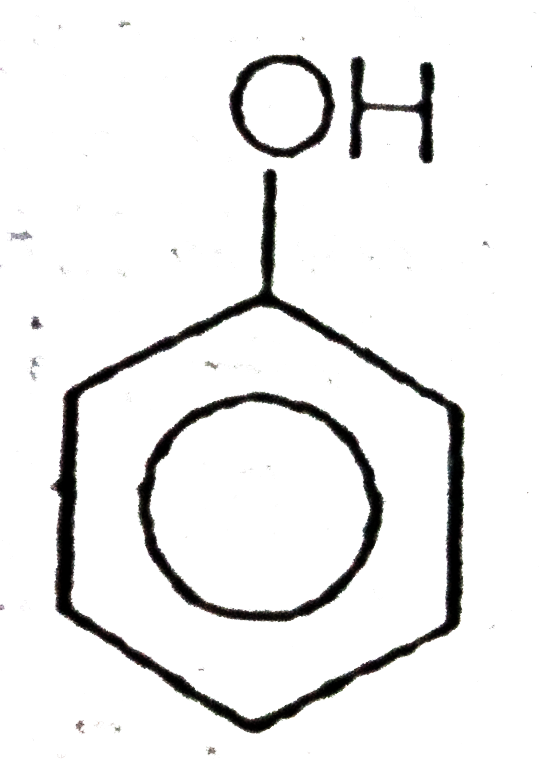
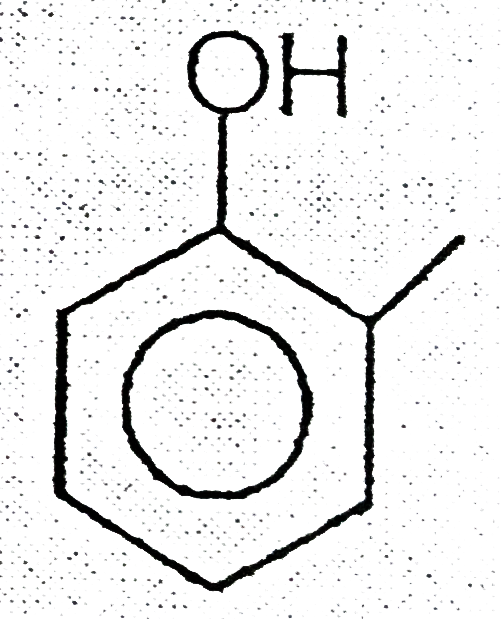
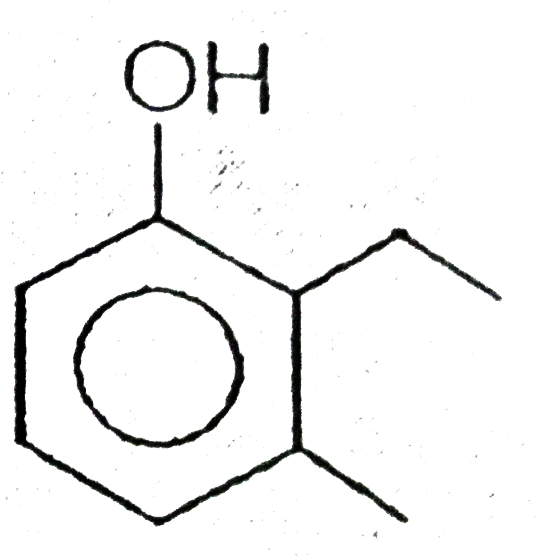
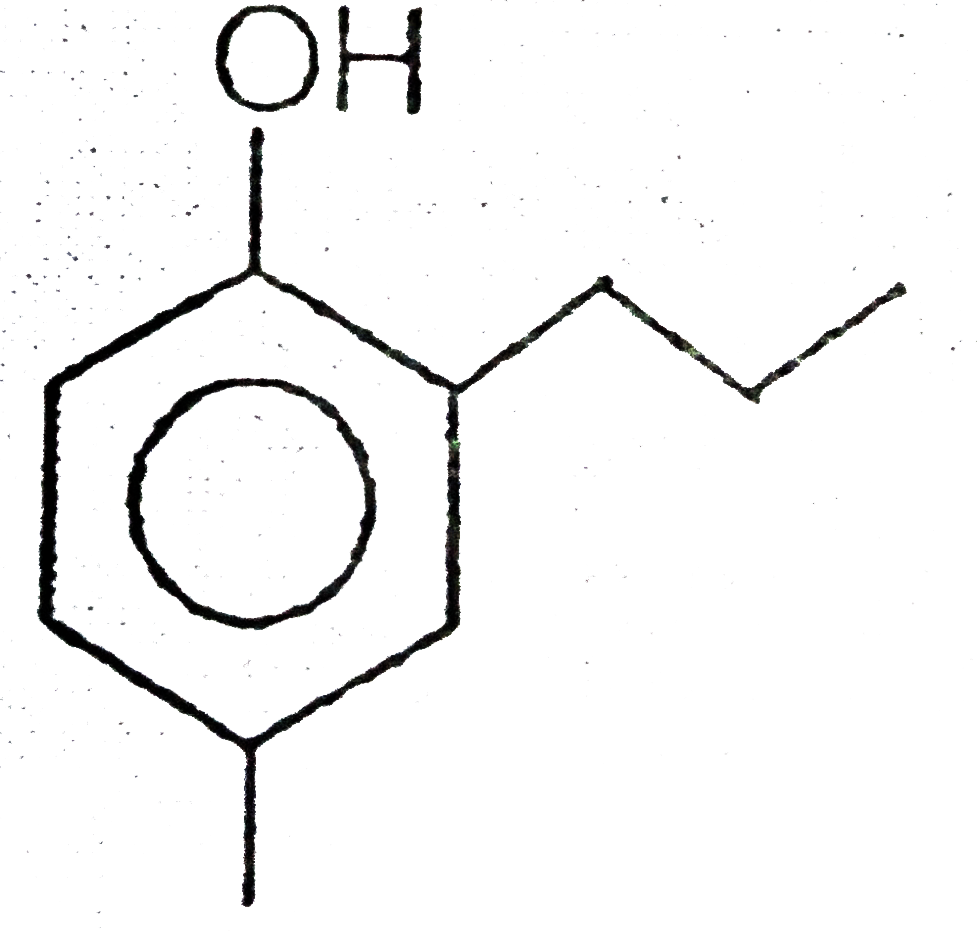
View Solution
Knowledge Check
Among i-iii
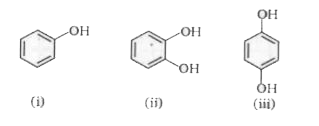
the boiling point follows the orderA(ii)<(i)<(iii)B(iii)<(ii)<(i)C(i)<(ii)<(iii)D(ii)<(iii)<(i)
The decreasing order of boiling points of ethyldimethylamine, n-butylamine and diethylamine is n-Butylamine,Diethylamine,Ethyldimethylamine. This trend of boiling point can be explained as
View SolutionPropanamine and N,N-dimethanamine contain the same number of carbon atoms ,even though propanamine has higer boiling point than N,N- dimethymethanamine .Why?
View SolutionAssertion (A) : Ph⊕N2BrΘ couples with N,N-dimethyl aniline (I) but not with 2,6,-dimethyl-N,N-dimethuyl aniline (II)
Reason (R ): Due to steric inhibition of resonance , the p-position of (II) is not sufficiently activated fro the coupling reaction.
View SolutionIf In is the identity matrix of order n, then rank of In is
View SolutionAssertion : N, N-Diethyl ethanamine is more basic the N, N-Dimethyl methanamine.
Reason : +I effect of ethyl group is more then methyl
View SolutionThe boiling order of boiling points of diethyl ether, acetone and n-butyl alcohol are 35∘C,56∘Cand118∘C , respectively. Which one is the following correctly represents their boiling points in kelvin scale ?
View SolutionWhich of the statement is correct ?
I. Melting point of alkane increases with increase of C atoms and with increase in branching.
II. Boiling point of alkane increases with increase of C atoms but with decrease in branching.
III. Cycloalkanes have lower boiling point than normal alkane with same numer of C atoms.
IV. Alkenes have lower boiling point than same number of C atoms in alkanes.
View Solution
